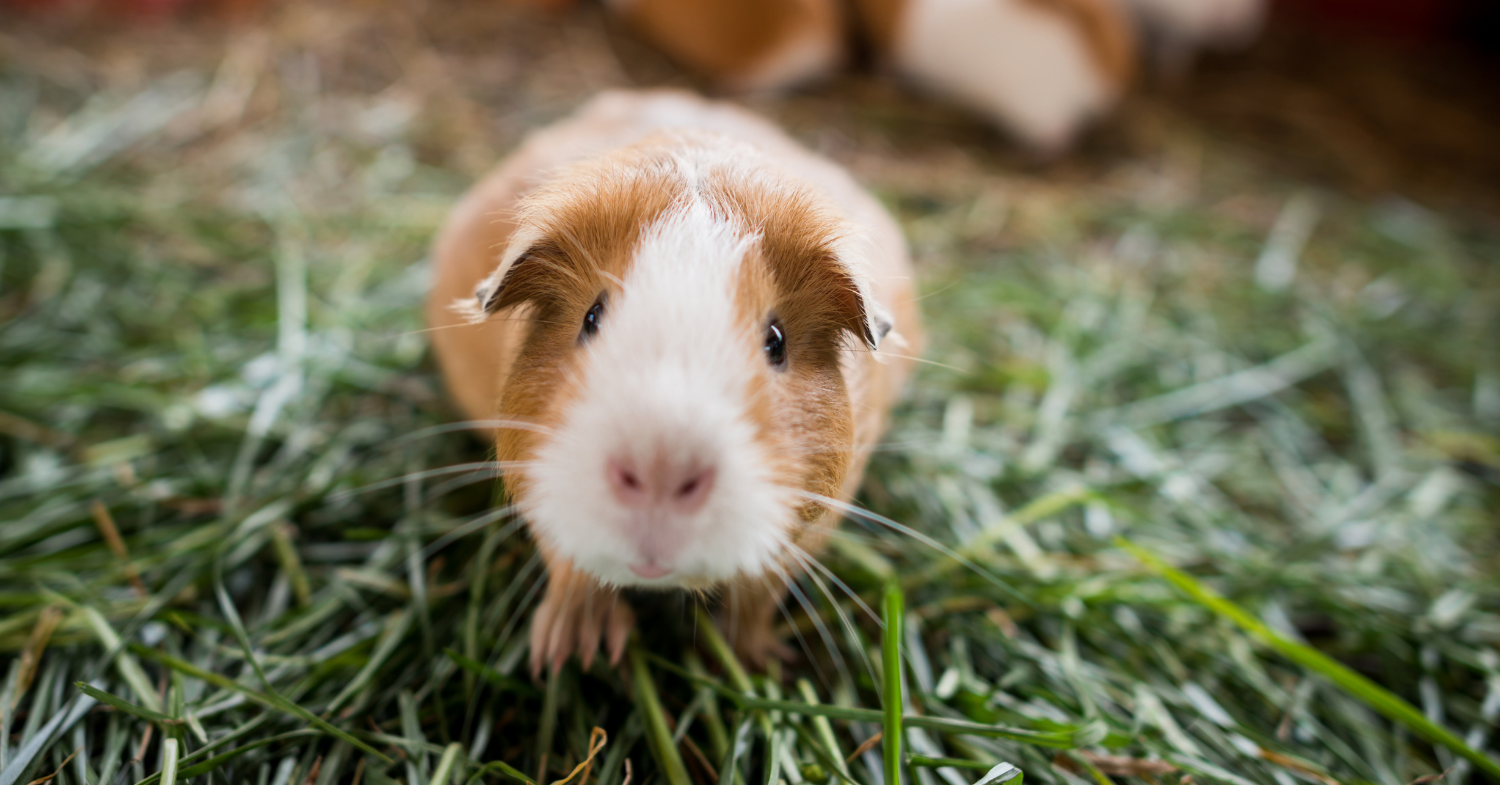
Reclaiming “Guinea Pigs”: Beyond Icons of Animal Research
It may be true that “[n]o one knows how the guinea pig got its name since it is neither a pig nor from Guinea, but rather a rodent from South America”, but we do know how these intelligent, sensitive, gentle, social creatures came to represent “the standard metaphor for experimental subjects”.
For centuries, humans (including researchers) have been exploiting guinea pigs for food, entertainment, and curiosity.
Humans originally traded guinea pigs as a “food item” before forcing them into servitude as exotic pets and test subjects. In fact – and in yet another example of how exploitation begets exploitation – humans’ prolonged and rampant commodification of guinea pigs facilitated their welcome into laboratories: their forced accustomization to cage confinement, combined with their “gentle, quiet” natures, rendered them desirable victims for scientists.
Guinea pigs’ “celebrity (and infamy)” inside laboratory walls dates back to the late nineteenth century when Robert Koch’s use of them “by the armful” facilitated the human perception of guinea pigs as “something to experiment on with a view to rearranging the world to suit [the vivisector’s] own little ideas”.
Guinea pigs’ use for human research became a global topic in 1890 when Robert Koch – a German physician and proponent of “germ theory” – claimed to have used them to discover a cure for tuberculosis. Koch’s claim triggered international hysteria but proved hollow, as Koch’s findings “failed to translate” to humans. Put differently, and true to the modern animal research industry, Koch “created a frenzy of false hope on the basis of a treatment that had worked only in a lab cage.”
Indeed, this was par for Koch. Commentators observe that “[m]ost of Koch’s work proved that not only were animal experiments unnecessary, they could be quite misleading….” – and, before his death, Koch himself plainly admitted as much: “‘An experiment on an animal gives no certain indication of the result of the same experiment on a human being.’” This has not, however, stopped proponents of animal experimentation from “regularly distort[ing] historical accounts”, including those of Koch’s work, “to suggest that [] discoveries did issue from the animal lab.”
Guinea pigs, it follows, became icons for both the animal research industry and the anti-vivisection movement.

In addition to changing the perception of guinea pigs – who “came to stand in for the scientific failure and the perils of medical research” – Koch’s tuberculosis debacle spurred the view of guinea pigs as “the lab animal that stands for all other lab animals”. The latter translated into guinea pigs becoming a “poster animal” for the growing anti-vivisection movement, and, today, the phrase “guinea pig” has “crept into everyday language and shaped the way the rest of us talk about science – indeed, guinea pigs remain “the icon of science and its excess”.
Guinea pigs – “‘little creature[s] about the size of a half-grown kitten,’ prone to ‘piercing little squeaks’ when placed under the knife” – remain both synonymous with and prolific victims of the animal research industry.
In 2022 (the most recent year for which the USDA data has been compiled, though 2023 is in process!), American research facilities reported using at least 171,529 guinea pigs; and, though their modern use in laboratories is dwarfed by that of other rodents (namely, rats and mice), guinea pigs “remain[] at the center of the debate over the value and ethics of animal work”:
Whenever we invoke the standard metaphor for experimental subjects, calling someone or something a guinea pig, we invoke a long-standing debate among scientists and natural philosophers over the question of what a lab mouse or a hemorrhagic monkey can tell us about a man.
Only, this characterization of the “debate” focuses on the wrong question.
The question is not whether harming guinea pigs can benefit humans, but, rather, whether it is ethical for humans to use sentient beings as means to their ends – i.e., as their chosen test tubes in the pursuit of knowledge. Reframed this way, there is no debate to be had, for the answer is a clear, resounding, and enduring no.

On this Guinea Pig Appreciation Day, then, we propose that the meaningful appreciation of guinea pigs must include the reclaiming of the phrase to which their commodification gave rise and which reinforces their use in laboratories.
Please join us in committing to invoking the phrase “guinea pig” only in reference to sentient individuals of the family Caviidae . . . many of whom are, at this very moment, waiting for us to liberate them from human laboratories.
Share this page on X or Bluesky.
Or share this link anywhere:
riseforanimals.org/news/reclaiming-guinea-pigs